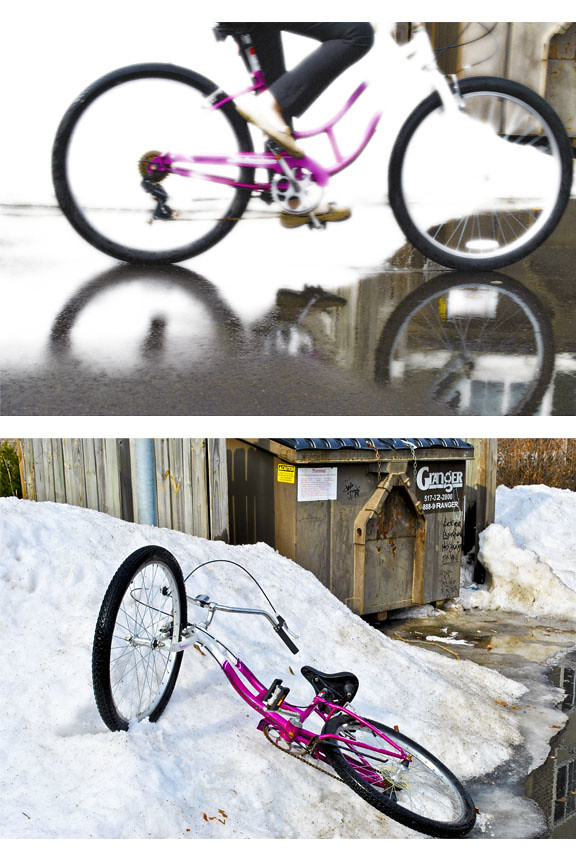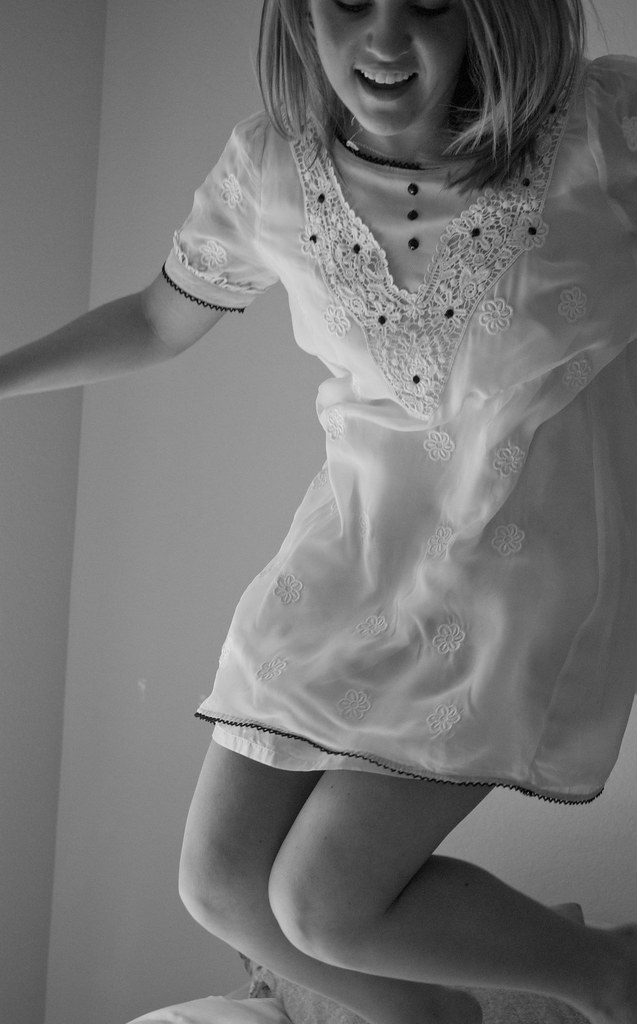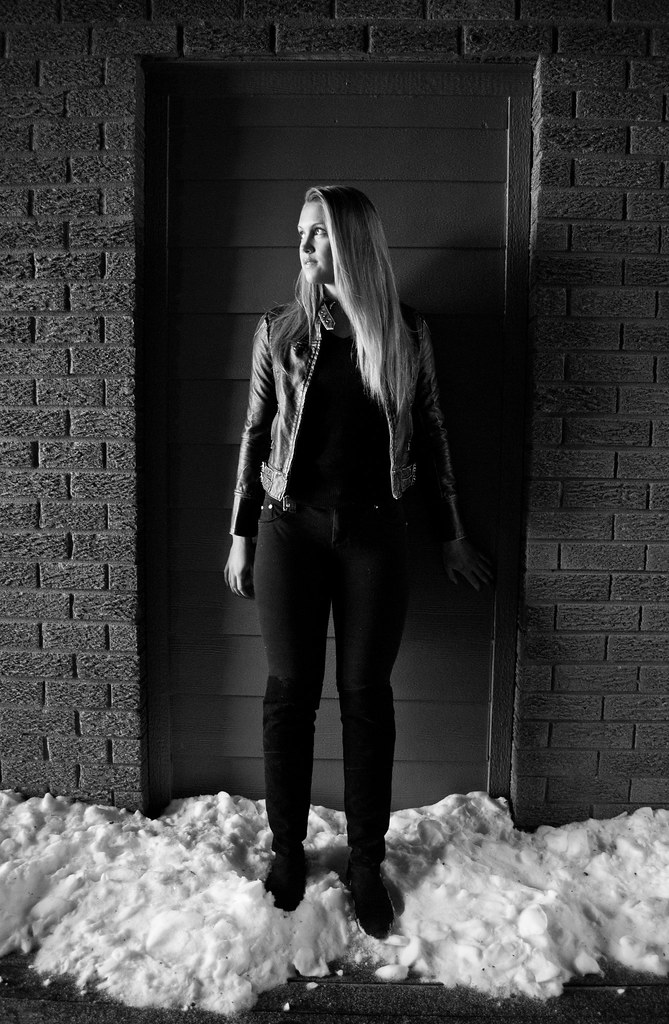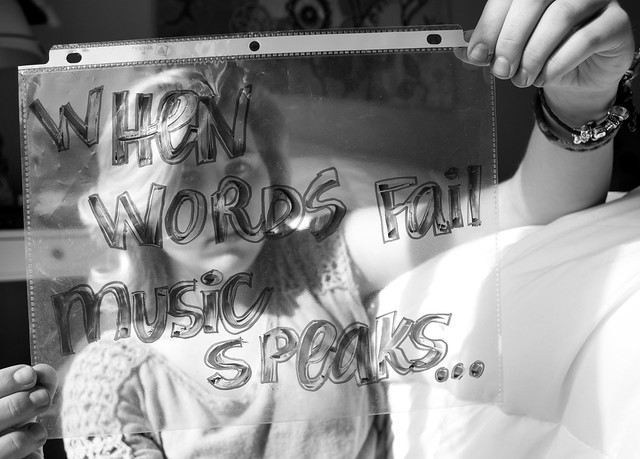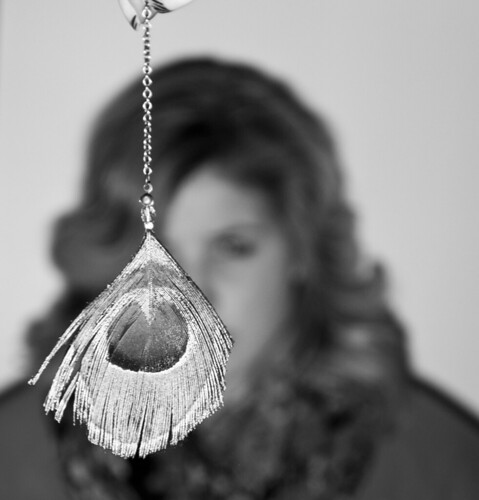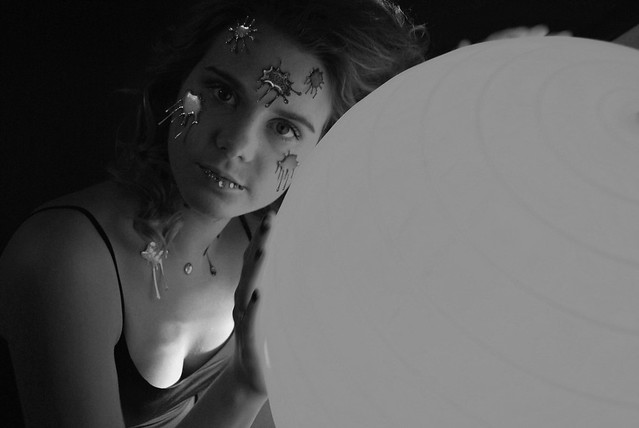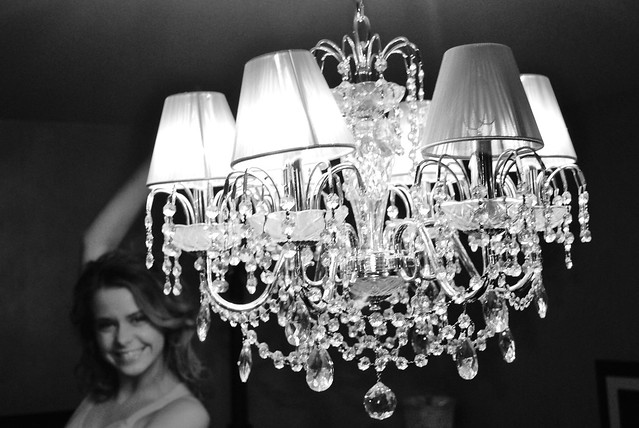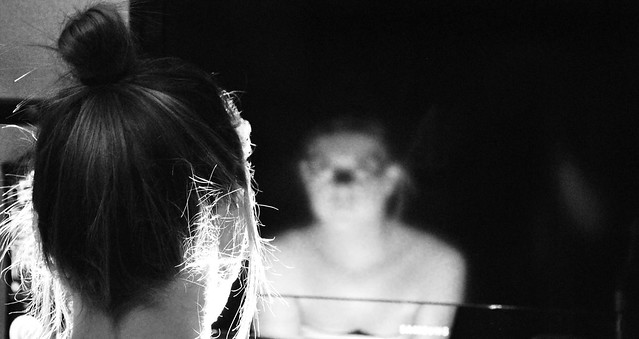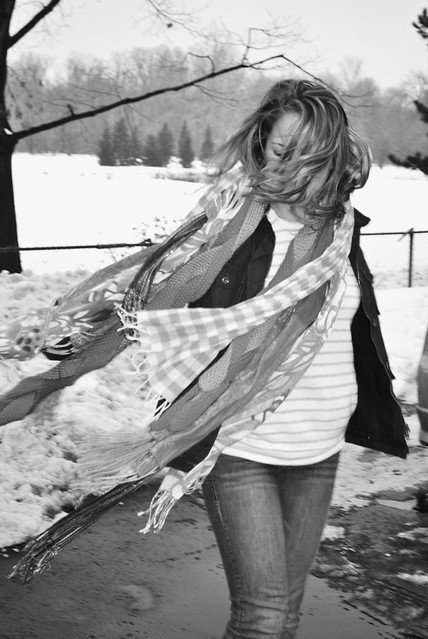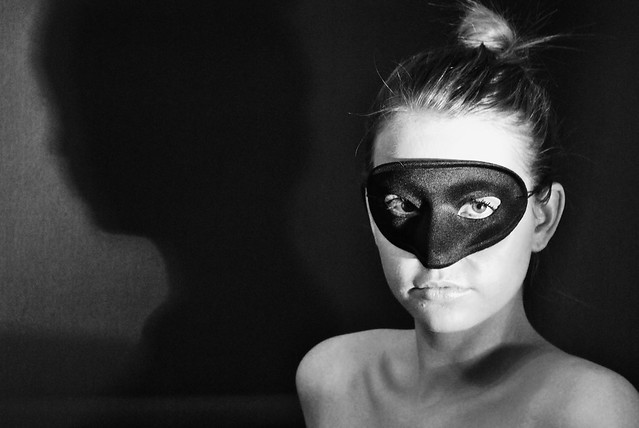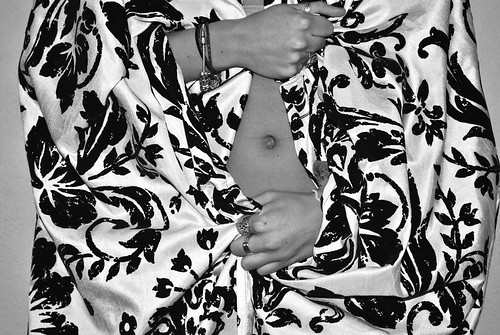Blog #11: Memory of a Place: Try to imagine a place from your past. Do you have pictures of this place? Describe this place as you remember it. What might a photograph look like of this place if you were to go back and photograph it? What would it look like in the past? What would it look like to you today? Where are you standing in this place? What other items are in this place? What colors do you see? Are there other people or are you alone? Make a “written photograph” of this place using words/description.
One of the most important places that was involved in my childhood is the big, white house which I grew up in. It was the only house I ever lived in until the age of 15. From the front, you could see a huge front yard, a basketball hoop, a big green door and blue shingles. I'm sure that if I were to go back and photograph the house, it would look the same. I always picture my house in the fall because the trees that surrounded my house were huge, and magnificently colorful. I imagine myself with my neighborhood friends playing out in the yard. There are leaved on the ground, bright green grass, the windows are slightly opened, and the garage door is open with my mother white BMW inside.
Blog #12: Memory of a Photograph: Which photograph from your past do you remember most? Describe this photograph. Describe how it makes you feel when you remember/think about this photograph. How have you changed? How has the place in this photograph changed? What would a reenactment of this photograph look like? Would you act or look differently if you reenacted this scene today?
The photograph takes place in the middle of Lake Powell on a houseboat when I was about 7 years old. I was wearing a tie-die bathing suit and my hair was wet, curly, super blond, and I had the standard straight-cut bangs. The water was bright blue and there were mountains in the background. It was a beautiful, sunny day and our house-boat was in such a beautiful location. When I look at this picture, it reminds me of the carefree lifestyle I used to live. My life has changed so much since this picture was taken; I am so much busier and have less and less time for leisure. A reenactment of this photograph would involve a much bigger me, minus the bangs, in almost the exact same setting.

Blog #13: Human-Made Space: In the past, photographers who were interested in how humans impacted the natural landscape grouped together to form the New Topographics. “"New Topographics" signaled the emergence of a new photographic approach to landscape: romanticization gave way to cooler appraisal, focused on the everyday built environment and more attuned to conceptual concerns of the broader art field.”http://www.lacma.org/art/ExhibTopo.aspx. In addition, at the same time in history artists created (and still do create) “land art” in which they use materials found in the landscape to make sculptures that remain in the landscape. Many of these works now only exist as video recordings and photographic documents. Pay attention to the number of ways in which you encounter humans’ interaction with nature and the physical land. Write these down. Using these as inspiration, describe an idea for a piece of “land art” that you might create that would be documented by a photograph. Describe an idea for a piece of “land art” that you might make in a man-made landscape that would be documented by a photograph.
There are several ways which humans interact with the physical land- for leisure (going to the beach and swimming in the ocean), housing, and research (scientific research), pollution, along with many other ways. My idea for a piece of "land art" would be to rearrange rocks, leaves, sticks, flowers, and other natural items to create a "landscape painting."
Blog #14: Unknown vs. Familiar Space: When photography was invented, it became a way to document and reveal the specific aspects of both familiar and faraway places. Imagine a familiar place. Imagine a faraway place. How would you use photographs to convey the difference? Can you imagine any places that have been “touched” very little by humans? How might you photograph them?
Photographs used to convey familiar places usually have objects, people, tokens which make the viewer realize that that place has a particular importance. Photographs of faraway places maybe looked "untouched" by humans, such as the jungle or very nature-dense areas. In these photographs, you could use a wide shot to get the whole picture so it's easier to explain to viewer, while more familiar places can be taken using closer up, intimate shots.
Blog #15: In-Camera Collage: Collage brings together two or more items that were previously separate. The resulting piece usually visually references the fact that they were once separate entities. Imagine an important place in your past. Imagine an important place in your present. Imagine who you were in both of these past and present places. Describe how you might use a slow shutter speed and/or double exposure to capture two moments in one image that tell a new narrative about these important places and how they relate to who you are and were.
As a child, I was a very independent yet hyper girl. I always had my face stuck in a book no matter where I was. Now that I have grown up, I am very social (especially since I'm at college) and am constantly surrounded by people and friends and professors and employers... I could combine the two by have a picture of me reading a book in a corner, and then rotate the camera to encapsulate a party scene with a room full of people.










